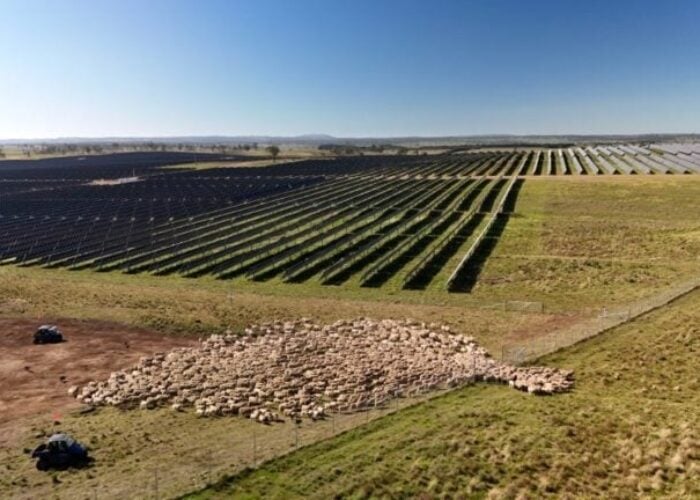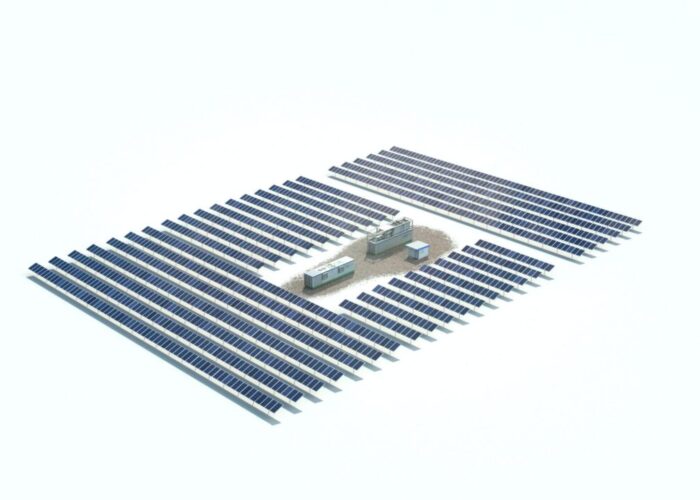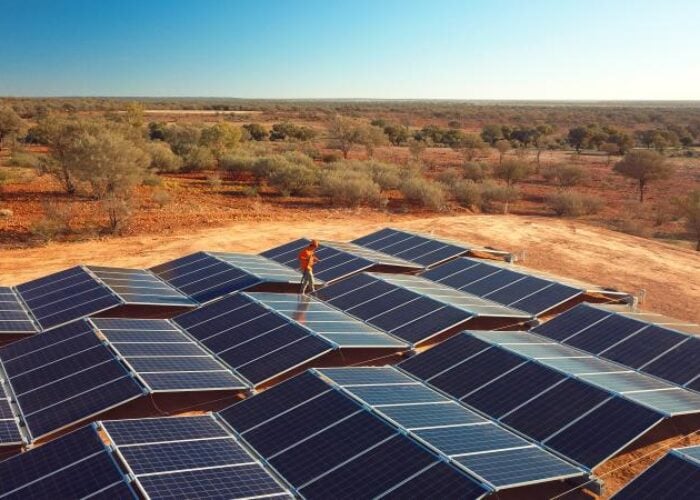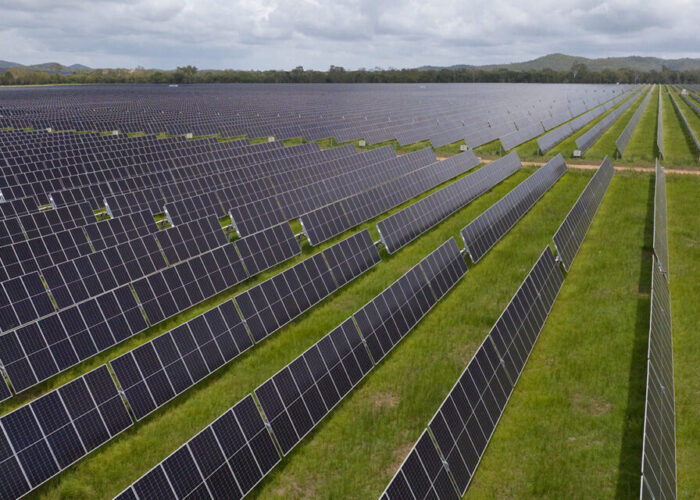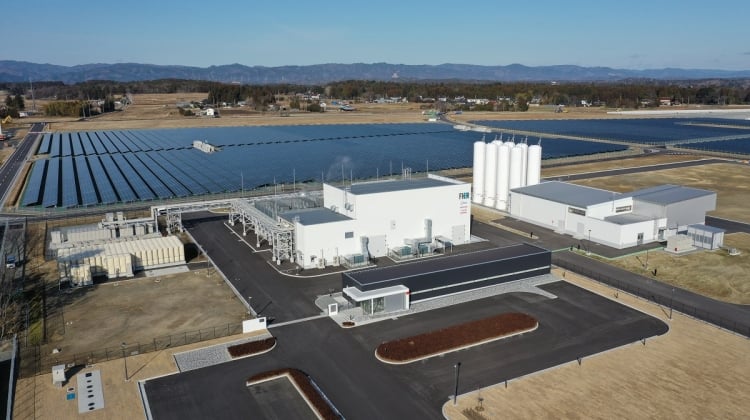
This year could be a tipping point for Europe’s green hydrogen sector, with a flurry of activity predicted if the necessary policy environment is achieved, according to research and consulting firm Delta-EE.
While 115 projects with a combined potential electrolyser capacity of 2,138MW are set to become operational across Europe in 2022 and 2023, only 37% have reached final investment decision or have been awarded public funding. Many are said to be dependent on positive legislative indications and incentives from governments across the continent.
Unlock unlimited access for 12 whole months of distinctive global analysis
Photovoltaics International is now included.
- Regular insight and analysis of the industry’s biggest developments
- In-depth interviews with the industry’s leading figures
- Unlimited digital access to the PV Tech Power journal catalogue
- Unlimited digital access to the Photovoltaics International journal catalogue
- Access to more than 1,000 technical papers
- Discounts on Solar Media’s portfolio of events, in-person and virtual
Or continue reading this article for free
With more than 6GW of announced green hydrogen projects planned in Europe by the end of 2024, Delta-EE said the focus must shift to providing a policy environment that allows them to be realised.
Long-term incentives and policy will allow de-risking of projects, giving developers confidence that project finances are viable, said Robert Bloom, service manager for Delta-EE’s Global Hydrogen Intelligence Service.
“Our research suggests that 2022 could be the year where we see the necessary policy environment develop that could drive projects in the tens or even hundreds of megawatts towards coming online,” Bloom said.
Among the policies that are expected to be key drivers for the sector’s growth include the European Union’s Hydrogen and Decarbonised Gas Package and the UK’s Hydrogen Strategy, which details the country’s plans to achieve 5GW of low carbon hydrogen production capacity by 2030.
Delta-EE expects that annual green hydrogen demand across Europe will increase from around 9,900 tonnes in 2021 to more than 620,000 tonnes in 2026, by which time the industrial sector will account for 60% of green hydrogen demand.
Research published last month by Fitch Solutions called on governments globally to subsidise low-carbon hydrogen production to overcome cost barriers and put in place standards to further stimulate growth.
The consultancy said that although substantial investments are required to achieve cost parity with grey hydrogen, governments have an important role to play in adapting public procurement procedures to create ‘market pull’.



